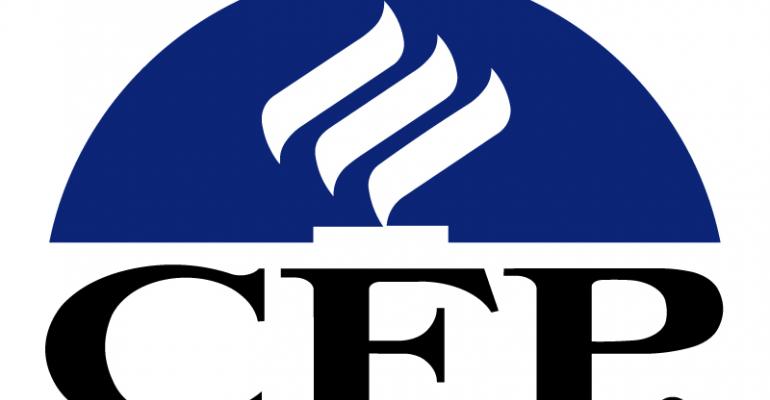How many designations is too many? According to the National Association of Personal Financial Advisors (NAPFA): one. Today the national organization for fee-only advisors said it is only going to accept the Certified Financial Planner (CFP) designation for those applying for membership.
“NAPFA’s decision can be viewed as an important consumer issue in an environment where the public is bombarded by an alphabet soup of designations that only professionals can be expected to understand,” the group said in a press release.
I don’t blame them. When it comes to financial advisor designations, it just doesn’t make sense to have a trail of designations so long that it doesn’t fit on your business card. In addition to the CFP, there’s CPA, CFA, MBA, AIF, CLTC, CRPC, AAMS, CIMA, CWM, CAM, AEP, AFC, ATA, ATP, MFP, CTEP, CFC, CFMA, PFS, CTFA, MSFS, and the list goes on.
I don’t even know what half of these acronyms stand for, and if I’m anything like the average investor, they don’t know either. And of course, you can’t have them all. If you did, all you’d be doing is studying. So which are the most important ones to have, the ones that will give you the most bang for your buck (and precious sleep time)?
Previously, NAPFA accepted either the CFP or the CPA/PFS exam.
Either way, NAPFA may be onto something. Recent research by the Aite Group found that solo practitioners with the CFP certification produced 40 to 100 percent more revenue than solo advisors without the CFP. Seventeen percent of solo advisors with CFPs and less than 10 years of experience earned more than $215,000, while just 8 percent who lacked CFPs and had less than 10 years of experience earned that amount, Aite said. Ka-ching!
If you find yourself surprisingly interested in taking the CFP exam, see our own Contributing Editor Jerry Gleeson's story "Sweating the CFP" from the February 2010 issue of REP.




